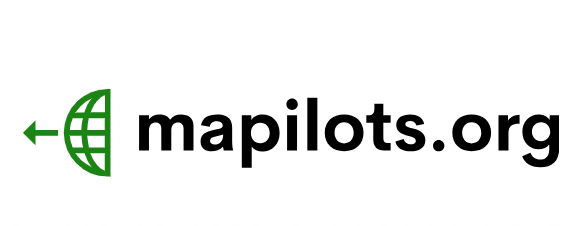Ensuring Compliance with Regulations
One of the primary purposes of safety audits is to ensure that airlines comply with aviation regulations and safety standards set by national and international bodies such as the Federal Aviation Administration (FAA), the European Union Aviation Safety Agency (EASA), and the International Civil Aviation Organization (ICAO). These organizations establish strict guidelines to promote safety in aviation, covering everything from aircraft maintenance to crew qualifications.
A safety audit ensures that the airline adheres to these regulations, thus reducing the risk of regulatory violations, penalties, or grounding orders that could severely affect operations. Regular audits also keep the airline up to date with evolving industry standards.
Identifying Safety Risks and Hazards
Airlines operate in a complex environment where safety risks can arise from various sources. Including human error, mechanical failures, and external factors like weather. Safety audits help identify potential hazards by thoroughly evaluating operational procedures, equipment, and systems.
Auditors will often examine:
Flight crew training
Checking that pilots and crew members receive proper training in emergency procedures, cockpit resource management, and other safety protocols.
By identifying these risks early, safety audits allow airlines to address issues before they escalate into incidents or accidents.
Improving Operational Efficiency
In addition to identifying safety risks, audits also help airlines evaluate the efficiency and effectiveness of their operations. By assessing procedures and identifying areas for improvement, airlines can streamline their processes, reduce costs, and improve overall performance. This includes improving crew scheduling, flight operations, and even customer service to align with safety best practices.
Efficient operations help airlines minimize delays and disruptions. Which in turn enhances the passenger experience and bolsters the airline’s reputation for safety and reliability.
Types of Safety Audits in Airlines
Different types of safety audits can be conducted, depending on the specific focus and scope of the review:
1. Internal Safety Audits
These audits are conducted by an airline’s internal safety team or department. They are typically scheduled regularly and focus on assessing the airline’s safety management systems, compliance with internal policies, and operational effectiveness.
2. External Safety Audits
External audits are conducted by third-party organizations or regulatory bodies such as the International Air Transport Association (IATA) or the Federal Aviation Administration (FAA). These audits are often more comprehensive and are essential for ensuring that an airline complies with international safety standards and regulations.
3. Certification Audits
Certification audits are necessary for airlines seeking or maintaining certain certifications. Such as the IATA Operational Safety Audit (IOSA) or FAA Part 121 certification. These audits verify that the airline’s operations meet specific safety standards required for certification.
Conclusion
Safety audits are a cornerstone of airline safety management. Helping ensure that airlines adhere to stringent regulatory standards while continuously improving their safety practices. Through comprehensive assessments, safety audits identify potential risks, enhance operational efficiency, and foster a culture of safety that permeates all levels of the organization.











